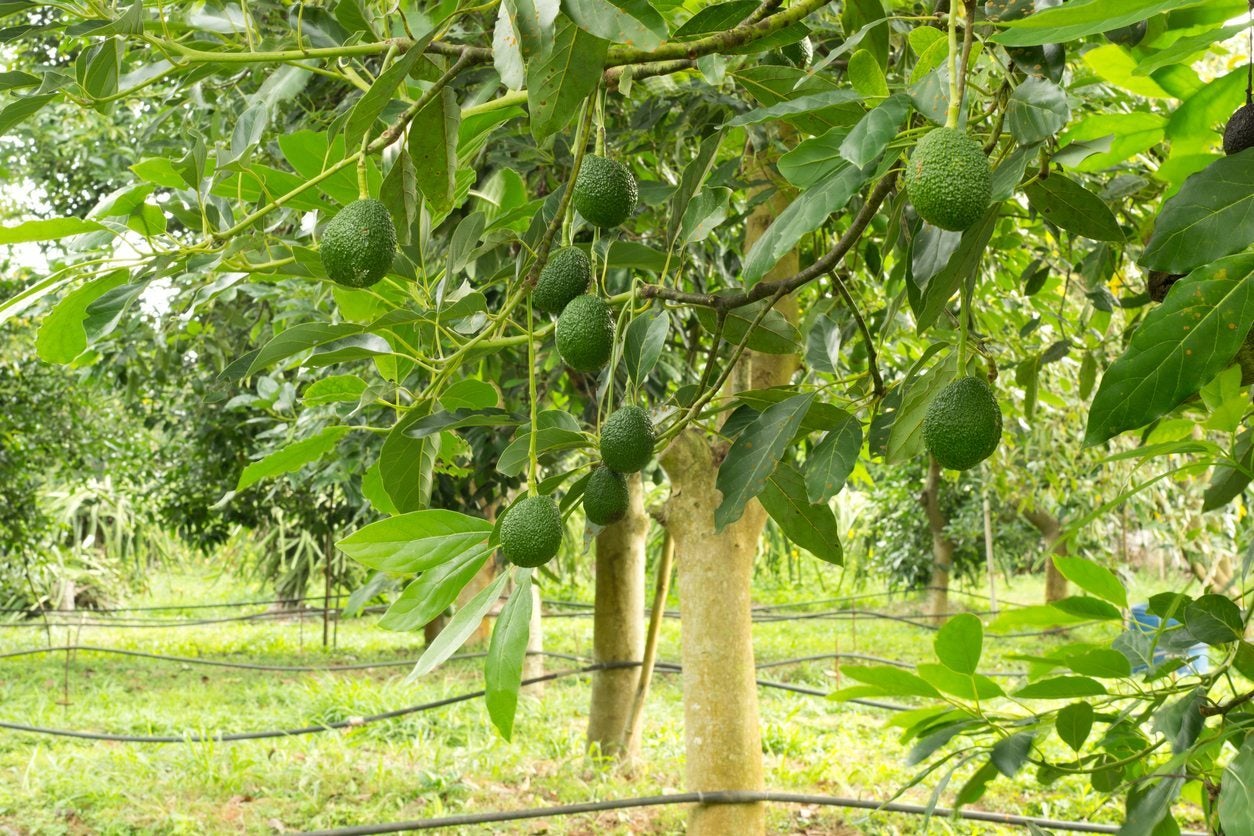Zone 9 Avocados: Tips On Growing Avocados In Zone 9

Love everything with avocados and want to grow your own but you live in zone 9? If you’re like me, then you equate California with growing avocados. I must watch too many commercials, but do avocados grow in zone 9? If indeed there are avocados suited for zone 9, what varieties of avocado trees will do best in zone 9? Read on to find out about the possibility of growing avocados in zone 9 and other information about zone 9 avocados.
Do Avocados Grow in Zone 9?
Avocados are not native to USDA zone 9, but yes, they will definitely grow there. There are three types of avocados: Mexican, Guatemalan, and West Indies. Of these, Mexican varieties are the most cold hardy but not salt tolerant, and Guatemalan comes in a close second for cold tolerance and is somewhat salt tolerant. West Indies avocados are more commonly found growing in Florida, as they are the most salt tolerant and least cold hardy. So, when choosing zone 9 avocados, look for Mexican or even Guatemalan avocado varieties, hardy in USDA zones 8 to 10. Varieties of Mexican avocado trees for zone 9 include:
- Fuerte
- Mexicola
- Stewart
- Zutano
Guatemalan types of avocados for zone 9 include:
- Bacon
- Hass
- Gwen
- Little Cado
- Reed
- Pinkerton
While Guatemalan doesn’t handle frost as well as Mexican avocados, they do handle it better and are more likely to be commercially grown and shipped.
Growing Avocados in Zone 9
Avocados do not like boggy soil, so select an area for your tree with well-draining soil. They are tolerant of a wide range of soil types, however. If you live in an area that is prone to lower temps, plant the tree on the south-face of a building or underneath overhead canopy. If your goal is fruit production, be sure to select a site in full sun with at least six hours per day. Remove any weeds prior to planting. The best time to plant avocados is in March through June. Mature avocado trees only need watering every other week and often even less, but when they are young, be sure to water them deeply once a week. Once the tree is planted, add 6 to 12 inches (15-31 cm.) of mulch around the base of the tree, keeping it away from the trunk. Depending upon the variety, it may take three years or longer to see fruit. Some types of avocados are ripe in the fall and some in the spring. Oh, and there is a good reason I think California when I think avocado-- 90% of them are grown in that region.
Gardening tips, videos, info and more delivered right to your inbox!
Sign up for the Gardening Know How newsletter today and receive a free copy of our e-book "How to Grow Delicious Tomatoes".

Amy Grant has been gardening for 30 years and writing for 15. A professional chef and caterer, Amy's area of expertise is culinary gardening.